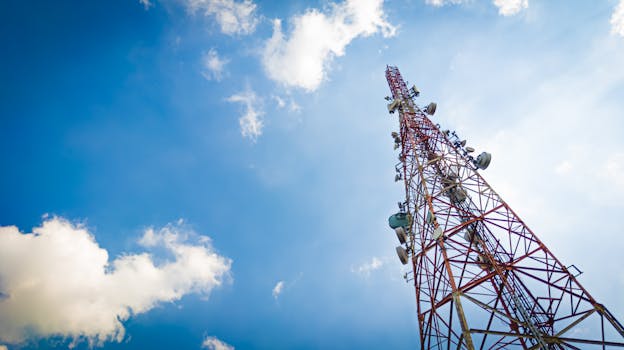
GEO Satellites: Understanding the Technology and Its Applications
GEO satellites, or Geostationary Earth Orbit satellites, are a type of satellite that orbits the Earth at an altitude of approximately 36,000 kilometers. They are stationed above the equator and remain fixed in relation to a specific point on the Earth’s surface, providing continuous coverage of a particular region. The focus keyword GEO satellites is essential in understanding the technology and its applications. GEO satellites have been instrumental in revolutionizing the field of telecommunications, and their impact is still felt today.
The concept of GEO satellites was first proposed by scientist Arthur C. Clarke in 1945. Clarke suggested that a satellite in geostationary orbit could be used to relay communications signals across the globe. The first GEO satellite, Syncom 2, was launched in 1963, and it paved the way for the development of modern telecommunications. Today, GEO satellites are used for a wide range of applications, including telecommunications, weather forecasting, and navigation.
How GEO Satellites Work
GEO satellites work by receiving signals from Earth stations and re-transmitting them back to other parts of the globe. They are equipped with transponders, which are devices that receive and re-transmit signals. The signals are transmitted to the satellite through a process called uplinking, and the satellite then re-transmits the signals to the desired location through a process called downlinking. The signals are transmitted on specific frequencies, and the satellite is equipped with antennas that receive and transmit these signals.
The geostationary orbit of GEO satellites allows them to remain stationary relative to a specific point on the Earth’s surface. This means that the satellite can provide continuous coverage of a particular region, making it ideal for applications such as telecommunications and weather forecasting. The satellite’s orbit is also synchronized with the rotation of the Earth, which means that it completes one orbit every 24 hours.
Applications of GEO Satellites
GEO satellites have a wide range of applications, including telecommunications, weather forecasting, and navigation. In the field of telecommunications, GEO satellites are used to provide global coverage and enable communication between different parts of the world. They are used for television broadcasting, internet connectivity, and telephone communications. GEO satellites are also used for weather forecasting, providing images of cloud patterns and storm systems that help meteorologists predict the weather.
In addition to telecommunications and weather forecasting, GEO satellites are also used for navigation. They provide location information and timing signals that are used by GPS receivers to determine their location and velocity. GEO satellites are also used for Earth observation, providing images of the Earth’s surface that are used for environmental monitoring and disaster response.
Benefits and Challenges of GEO Satellites
GEO satellites have several benefits, including global coverage, high bandwidth, and reliability. They provide continuous coverage of a particular region, making them ideal for applications such as telecommunications and weather forecasting. GEO satellites also have high bandwidth, which means they can transmit large amounts of data quickly and efficiently. They are also reliable, with some satellites operating for over 20 years.
However, GEO satellites also have several challenges, including high launch costs, limited bandwidth, and interference. The launch costs of GEO satellites are high, which makes them expensive to deploy and maintain. GEO satellites also have limited bandwidth, which means they can become congested and unable to transmit data quickly. Interference is also a challenge, as GEO satellites can be affected by radio frequency interference (RFI) from other satellites and terrestrial sources.



